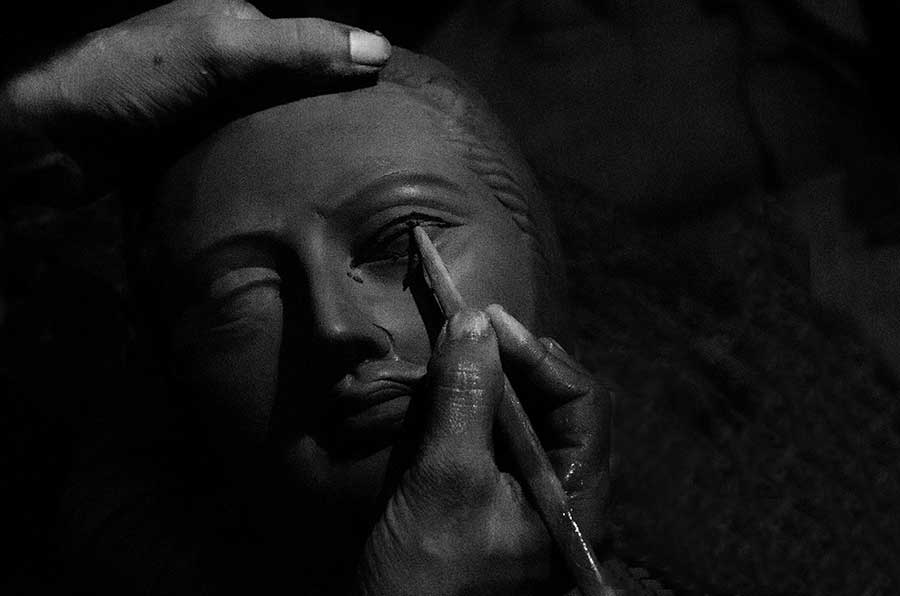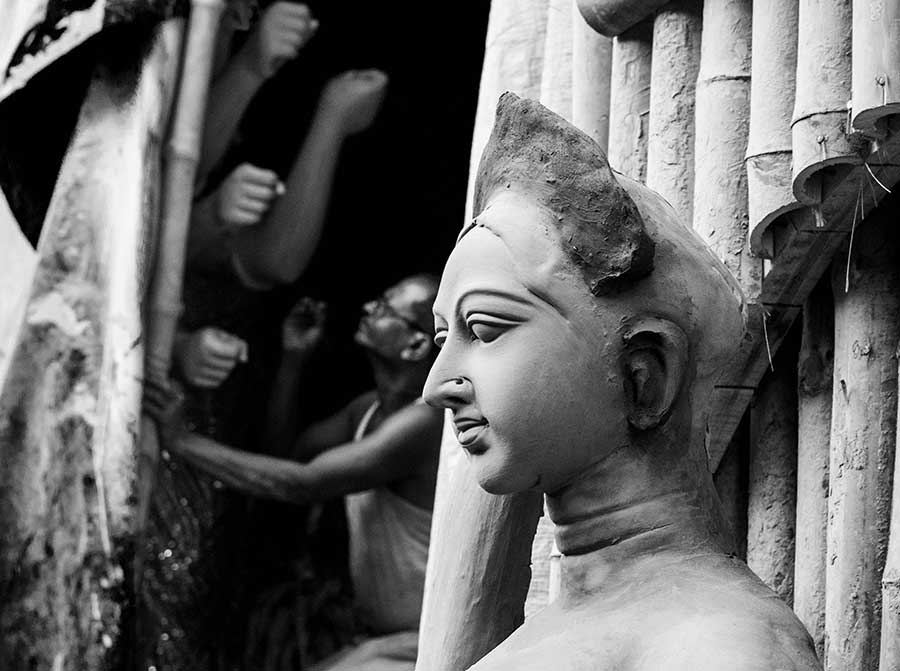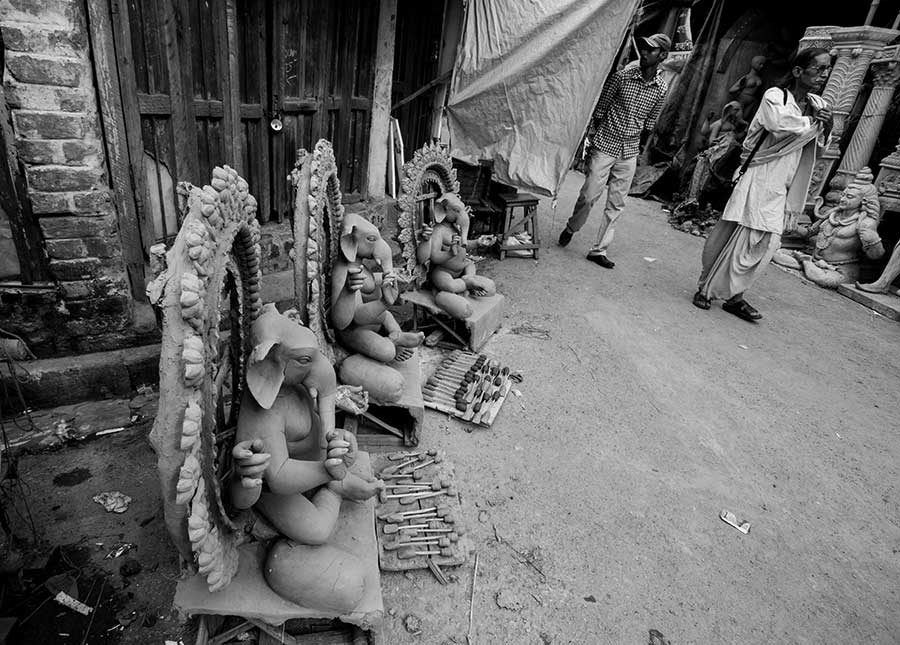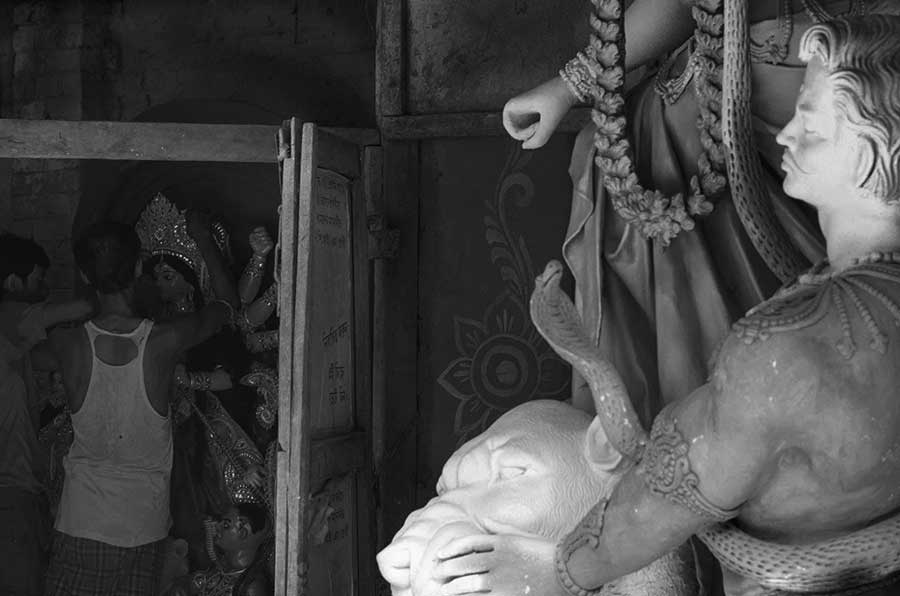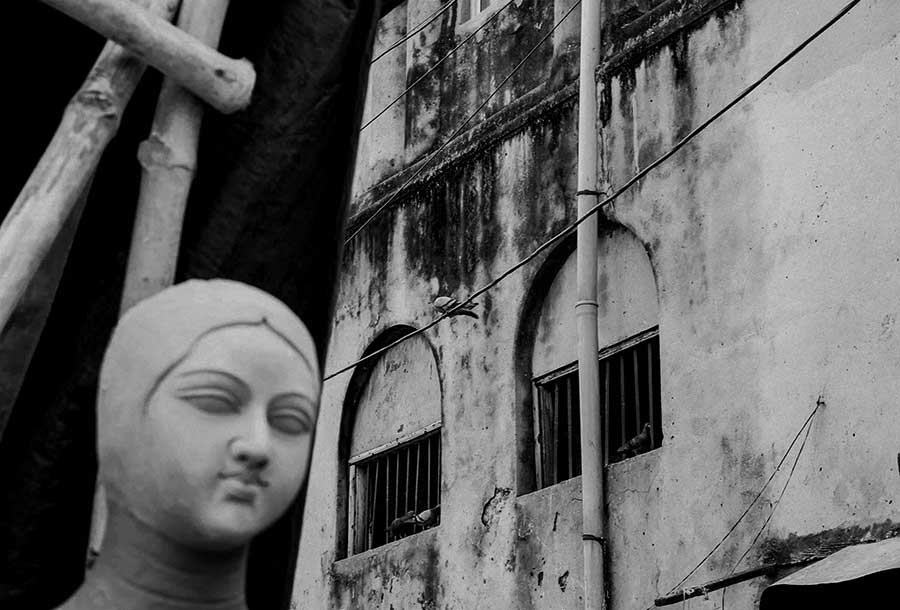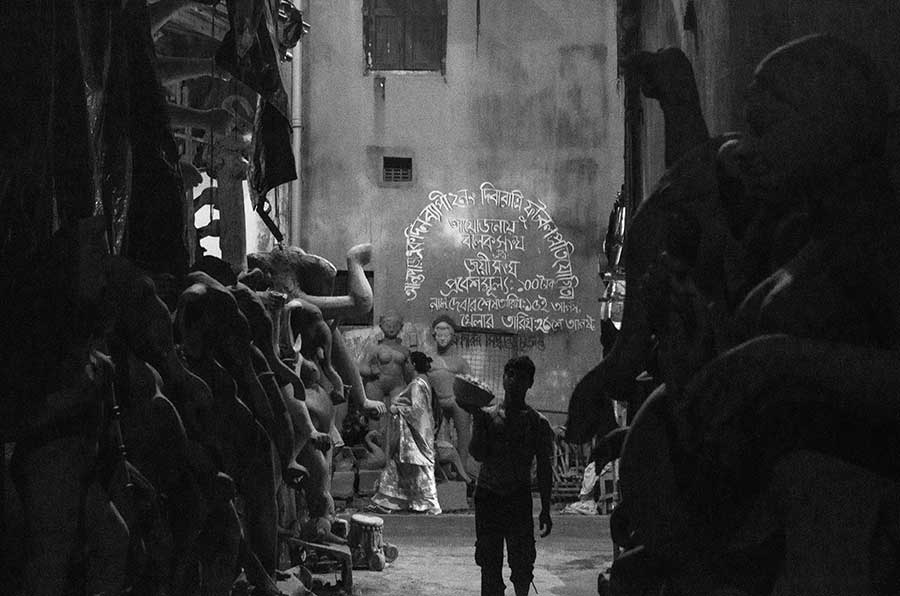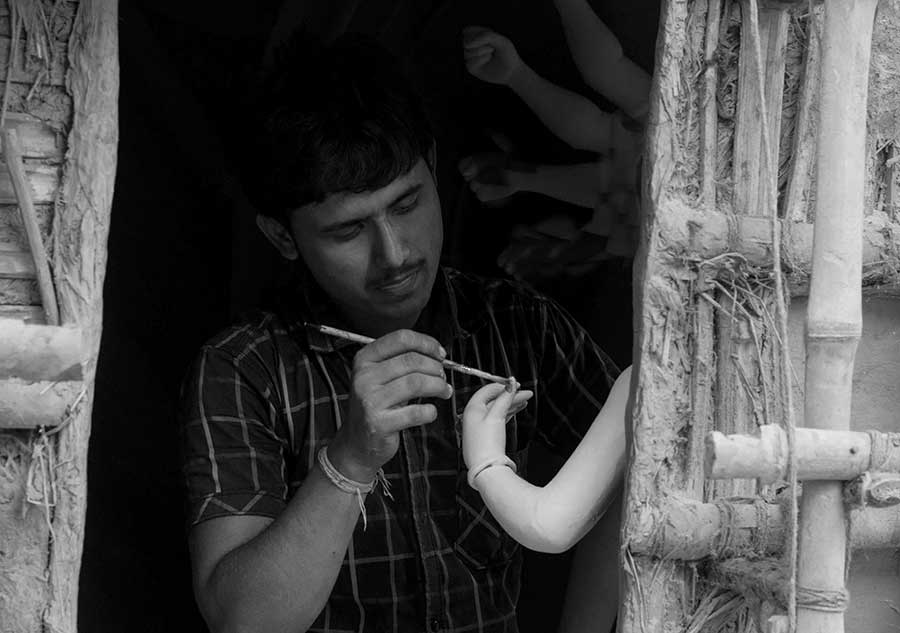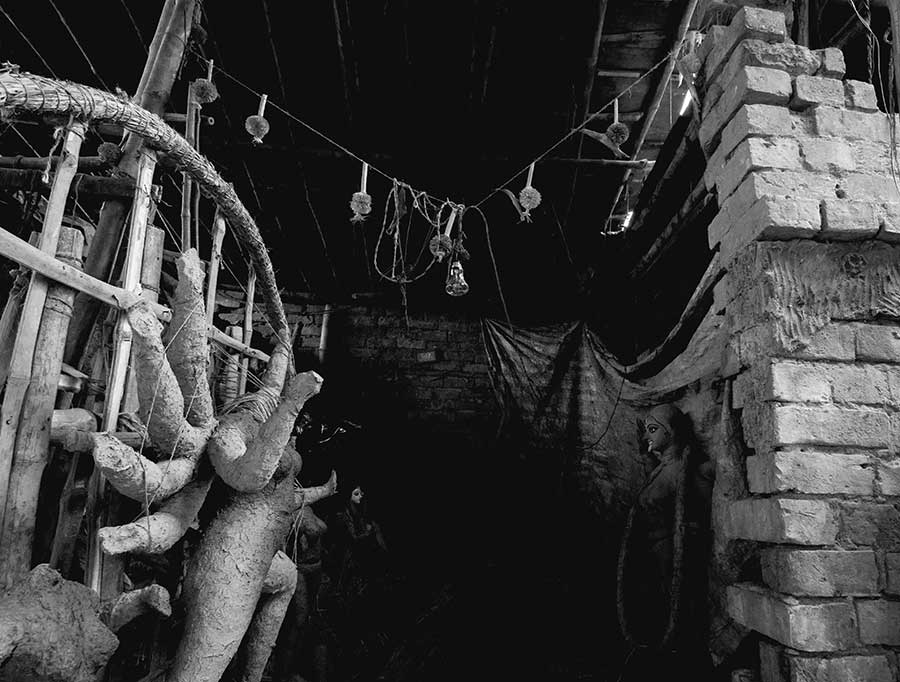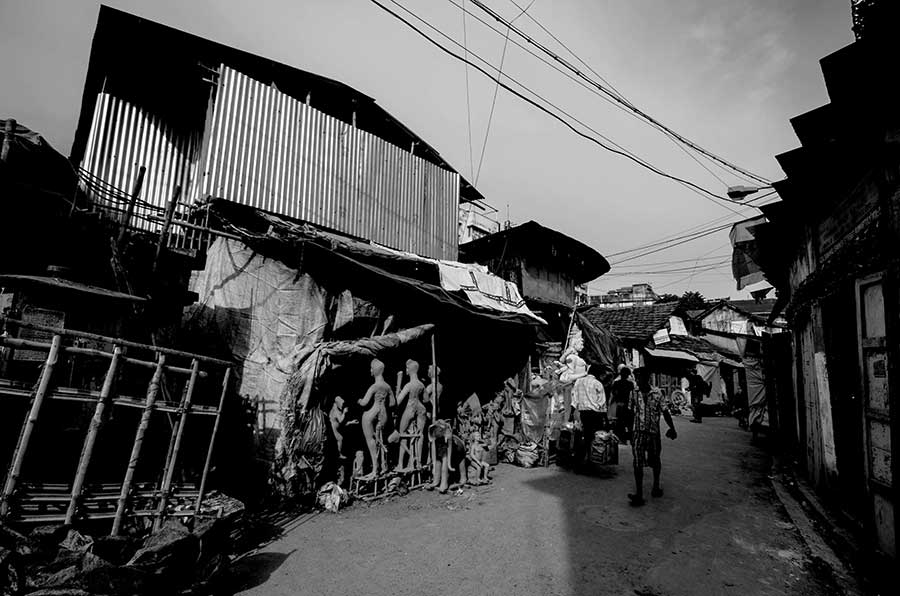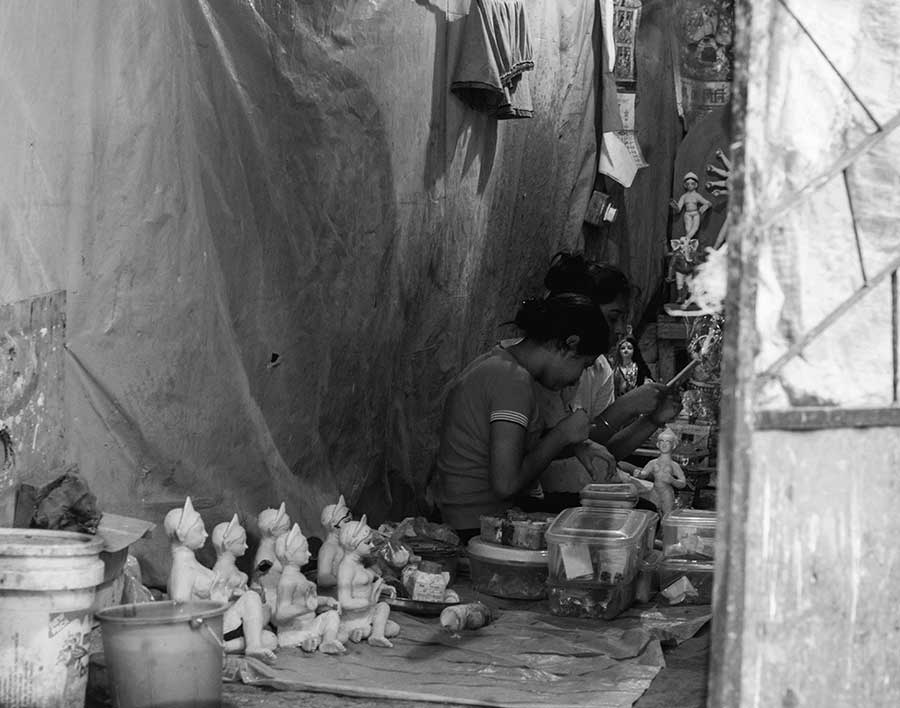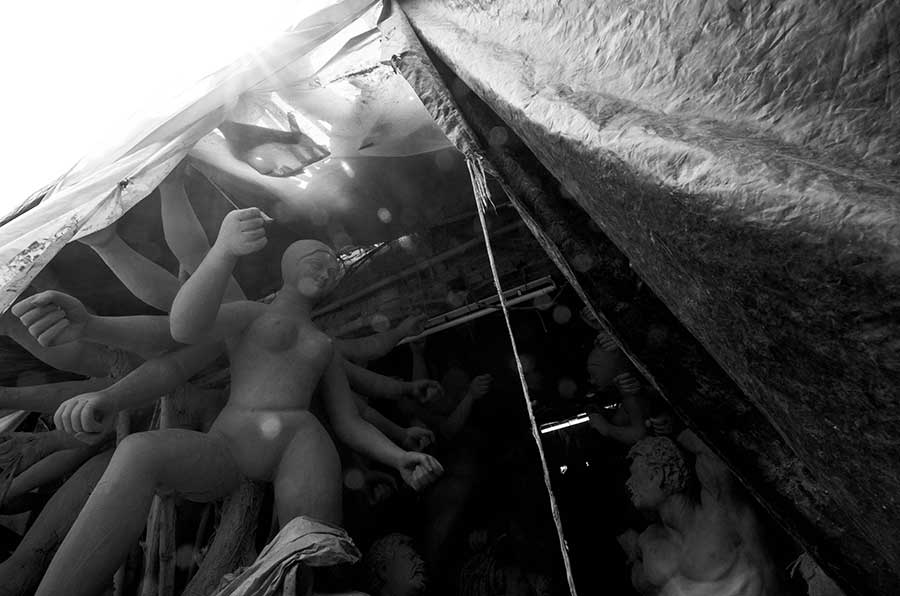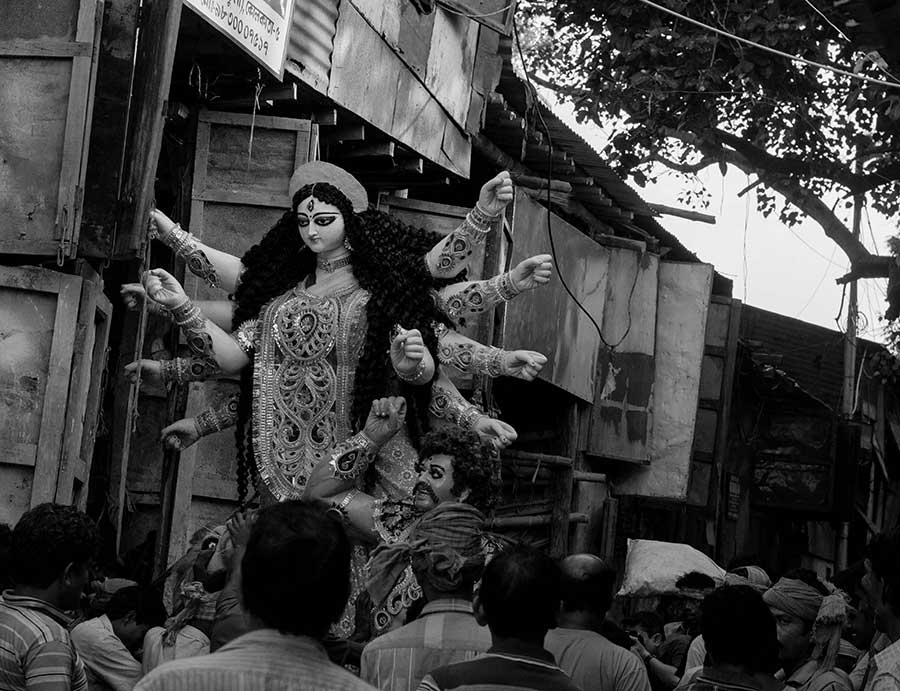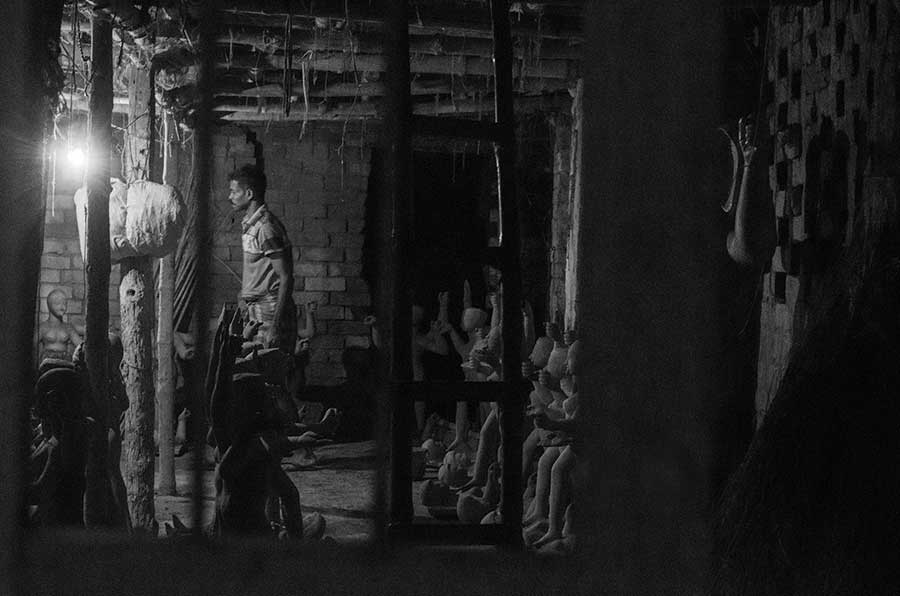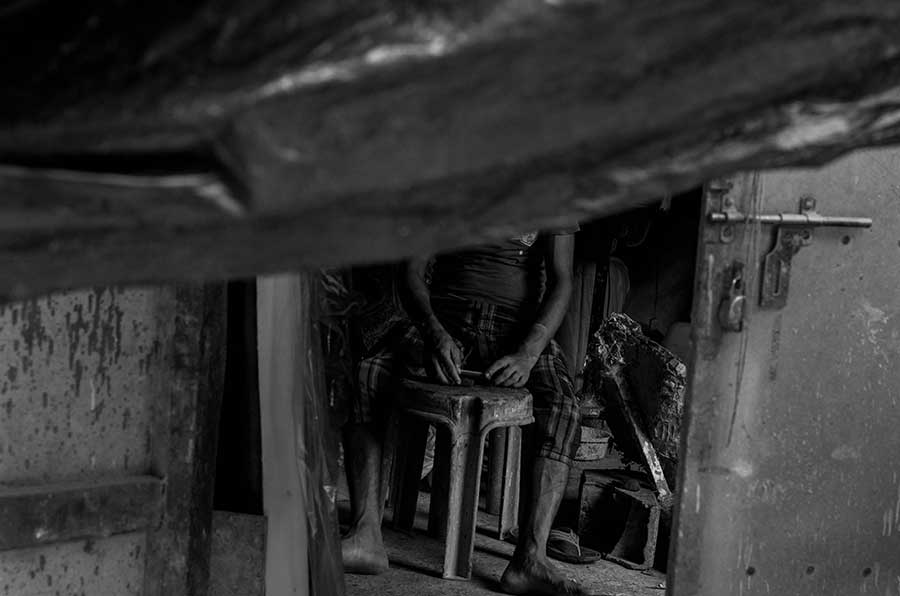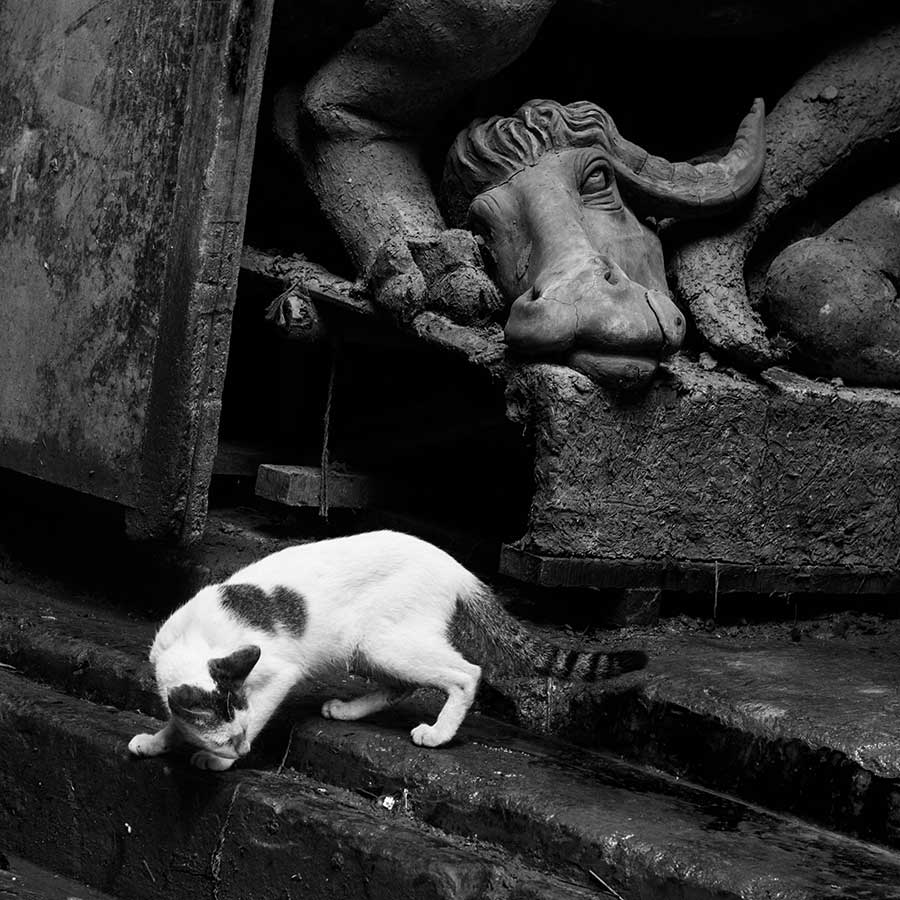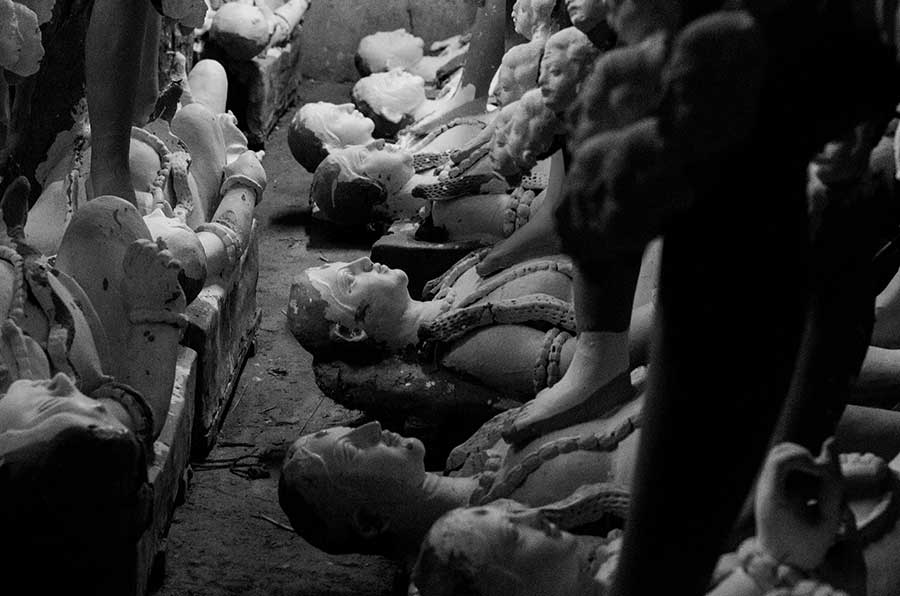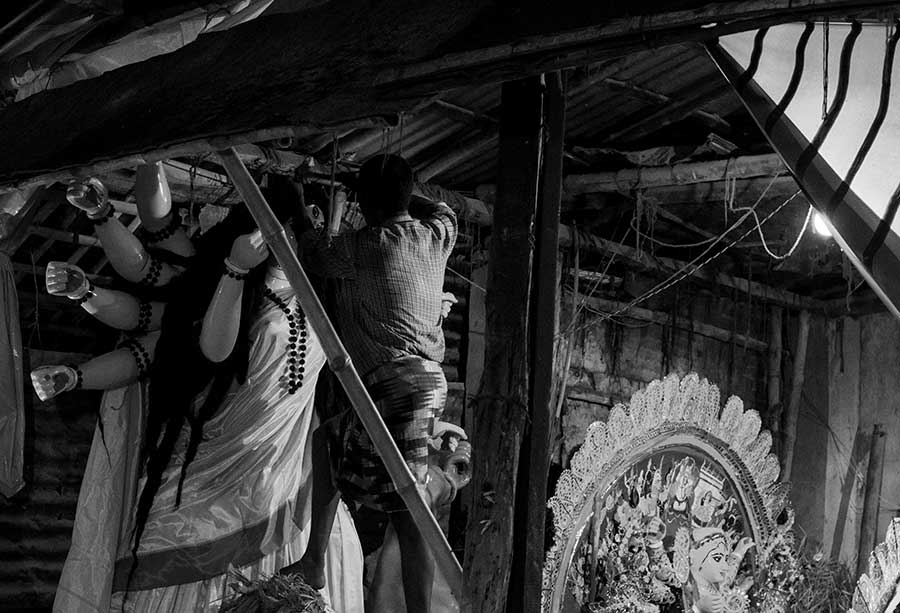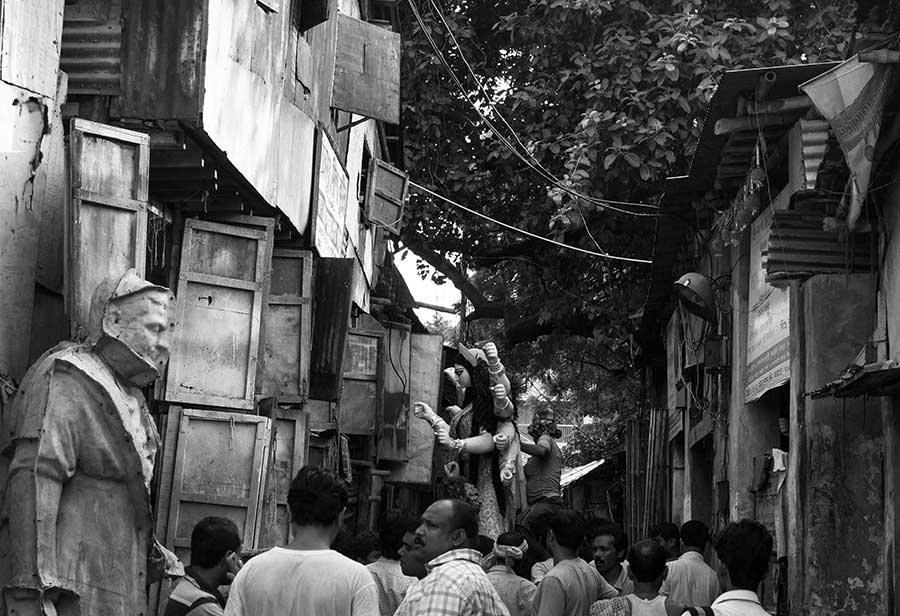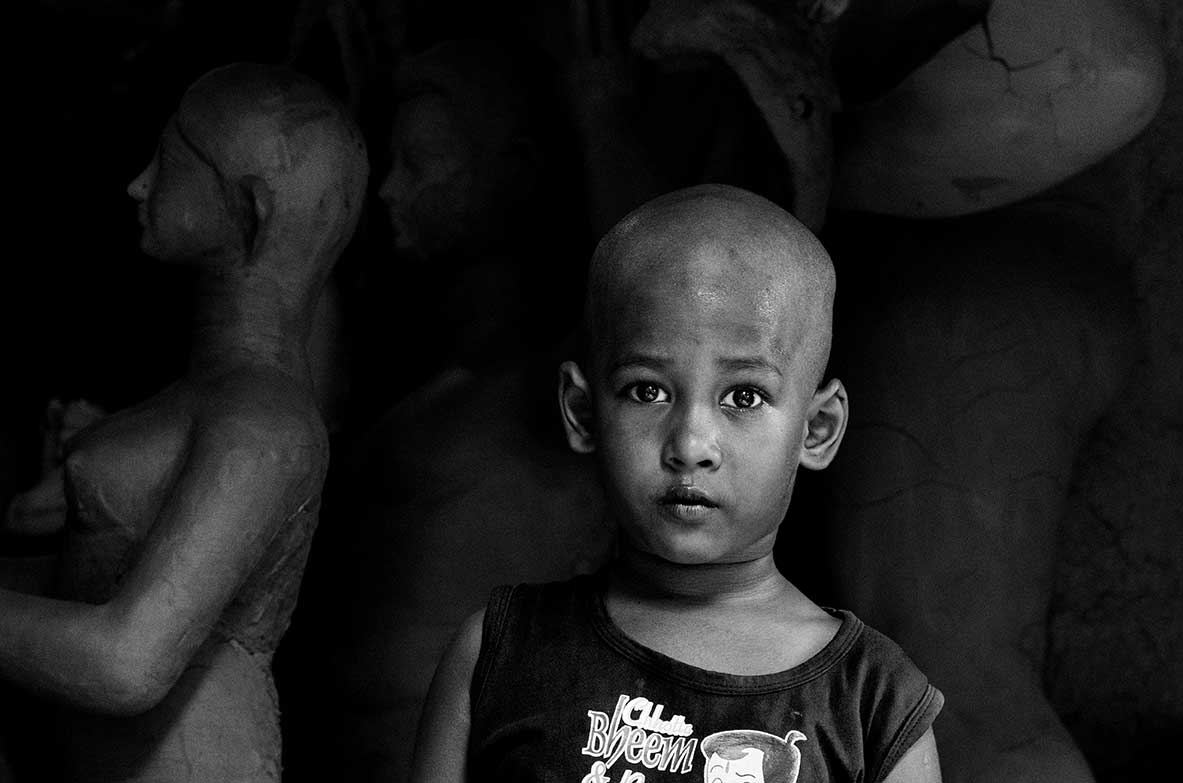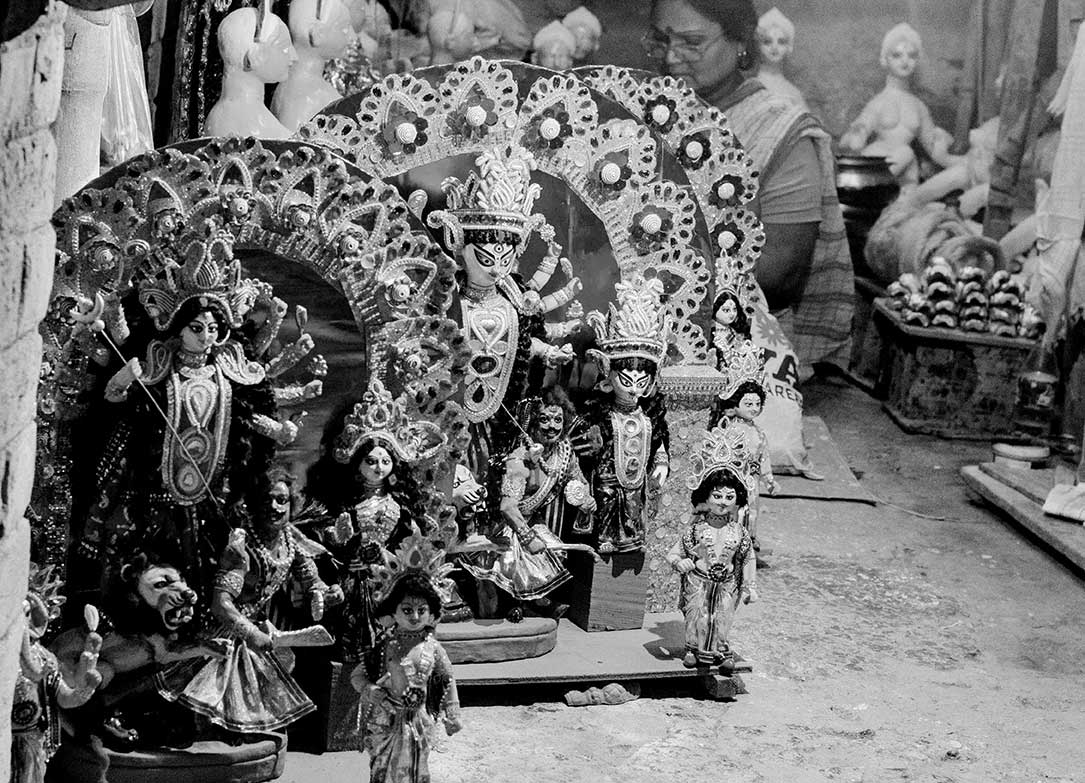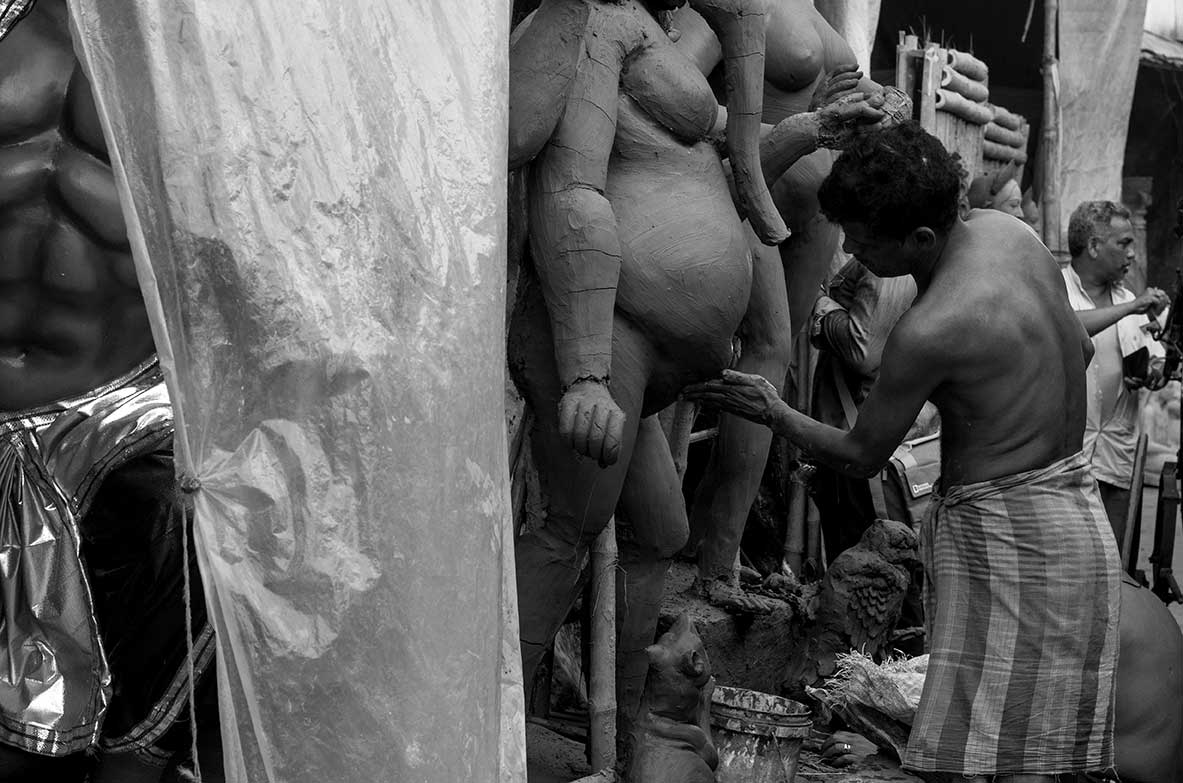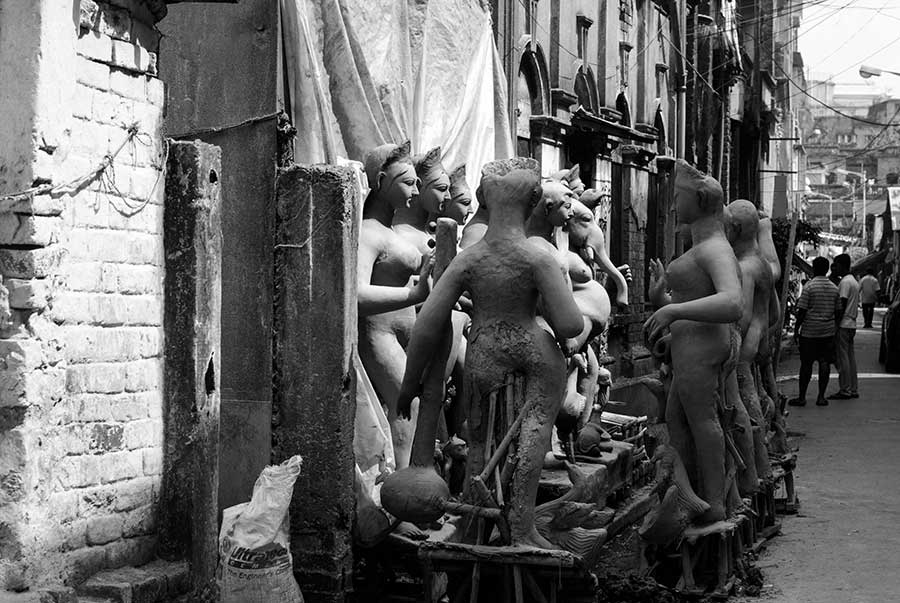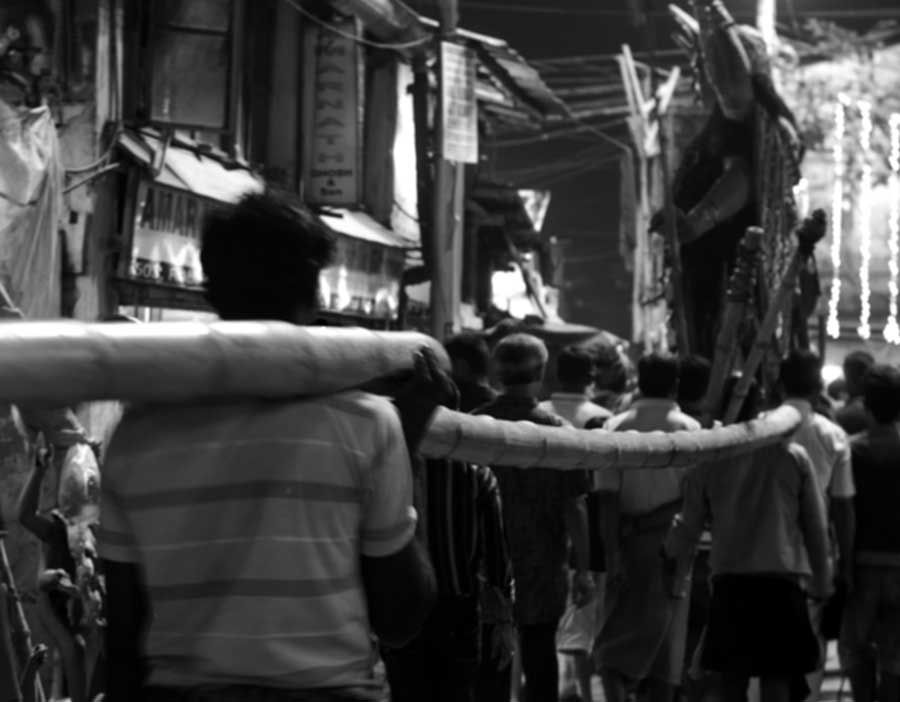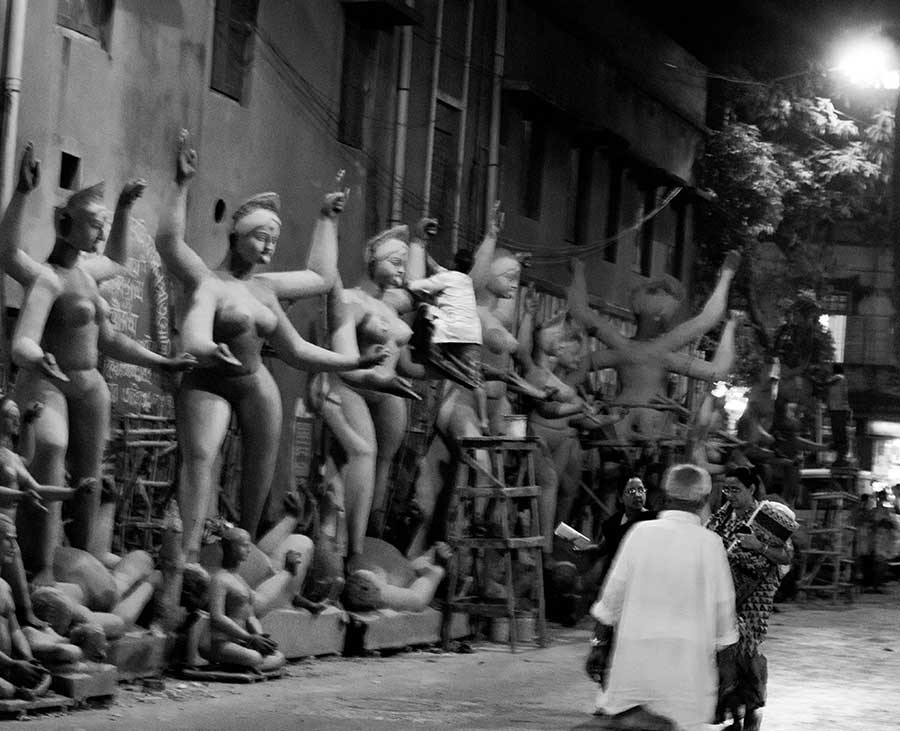Often ,there are certain experiences in life which make you ponder .I would like to share a similar experience of a place called Kumartuli in north Kolkata ,a place so inconspicuous in the map of the city that it would be lost ,had it not been for the Durga Puja .
Kolkata is known for its cultural heritage ,penchant for arts and traditional festivals. Kumartuli is one name that is in everyone’s mouth during and before the Durga Puja,the biggest festival for the Bengalis and one of the greatest art festivals in India as it is being rendered now.
Journalists ,photographers and tourists throng in large numbers to witness the idol making process by the gifted artisans of the place. Yet, for the rest of the year, these artisans spend their lives in near penury and no one bats an eyelid for them.
The history of Kumartuli is difficult to trace as there are several stories about the origins of the place .It is surmised that most of the potters from surrounding areas of Krishnanagar and Nadia district came here and settled down ,much before Durga Puja became a widely celebrated festival .While I do not want to delve into the history of the place, I would rather make a statement :Kumartuli is one such place which is a significant testament to the growing economic disparity in the city and more broadly the country .
The present day Durga Puja tradition goes back to the rich people’s quest to seek social prestige rather than to maintain the link to the common people. These days it is more glitz ,competitions, awards ,but rarely for the people behind the magnificent artwork and idols .The puja committees are competing with each other and resorting to all kinds of marketing gimmicks to be huge crowd pullers and win prizes for “themes” .Somewhere amidst all this ,we have lost the sanctity of the festival .The artisans are soon forgotten ,the moment the idols are taken to the “pandals” from their place of make. As a photographer who has spent an extensive amount of time in the place ,I can only express regret at the plight of the people. The making of a durga puja idol is an extensive process spanning across several months and stages .It requires careful planning ,meticulous work and perseverance on part of the artisan .What we see as masterpieces is the finished artwork ,often forgetting the intricacies and difficulties these people have to face .
The place houses many small workshops ,which are more of make shift thatched huts and some with tinned roofs. Most of the idols are dried in the open and often are left to the vagaries of nature, especially during the monsoons .The government has also neglected in rehabilitating them or improving the area .Though people might be still reluctant to accept new development as that may lose the antiquity of the place ,the artisans there want a better life and pay from their craft .They also hope for more respect and acknowledgment and a secured future for their progeny. A lot of the kids learn the craft from an early age and some have to drop out of school to support the family .A lot of the artisans are in fact from the lower castes of the social hierarchy prevalent in the society since ages .Though at a better position now than the past, their conditions have shown marginal improvement.
The modicum of good work that is being done now include health check ups ,blood donation camps and other community activities under taken by the artisans guild themselves .The community also allow to photograph the place nowadays to tourists and a large number of people with lesser restrictions and charge a nominal fee in return. What we fail to recognise is that Durga Puja is still the festival of the rich ,by the rich and for the rich. Underneath the veneer of all the light ,fun and frolic lies the reality of struggle of these artists .There are not many significant number of organisations ,public or private who are working towards their benefit and well being .It is time we understand the hypocrisy in the society and do our bit to reduce this disparity of social and economic status not just for this class of artisans but for the society at large.



